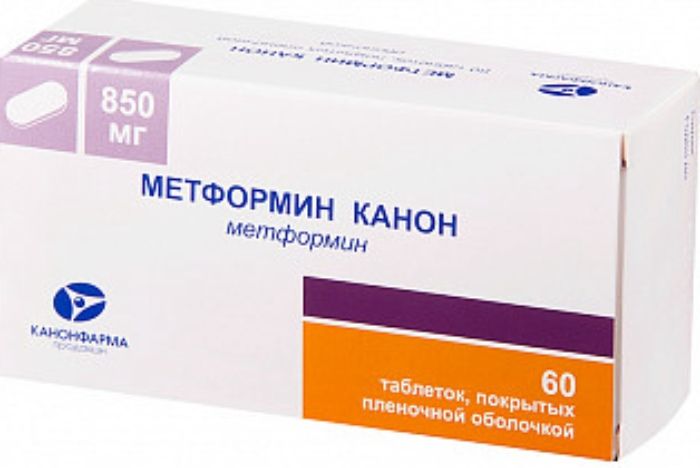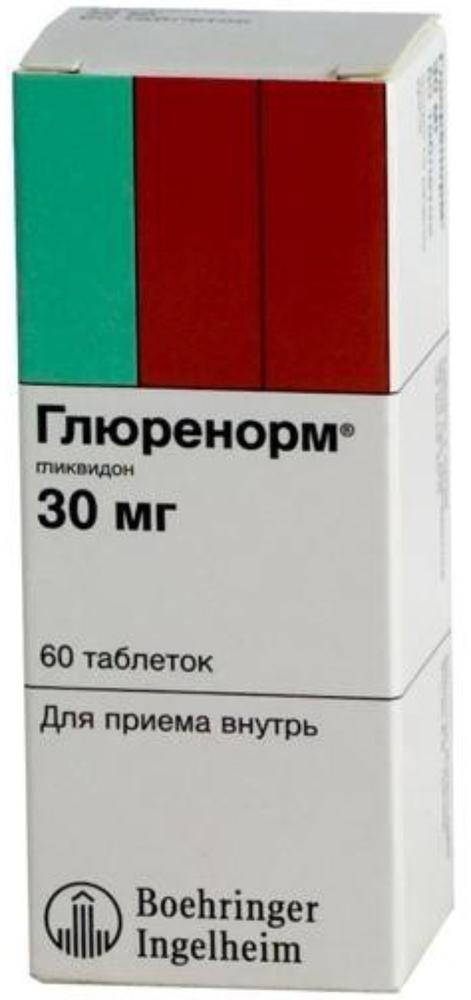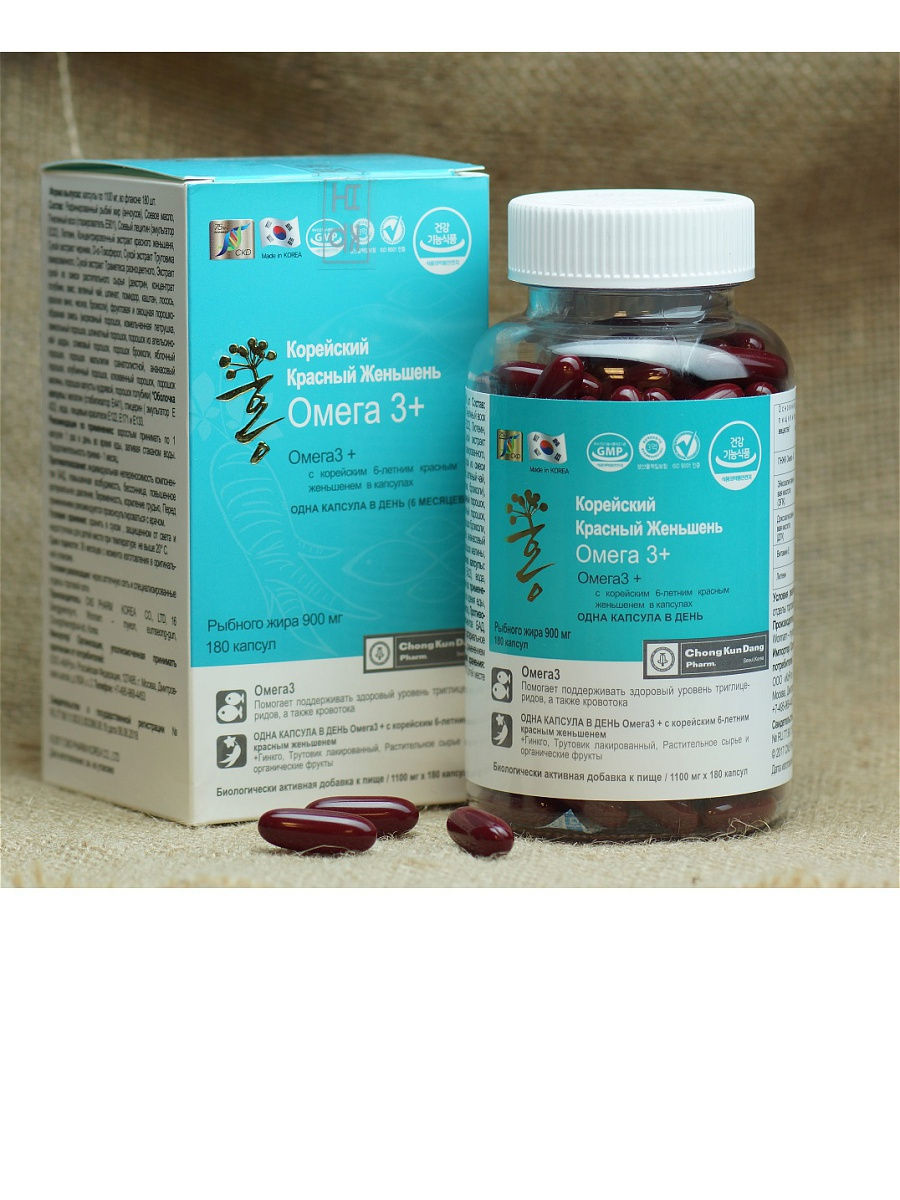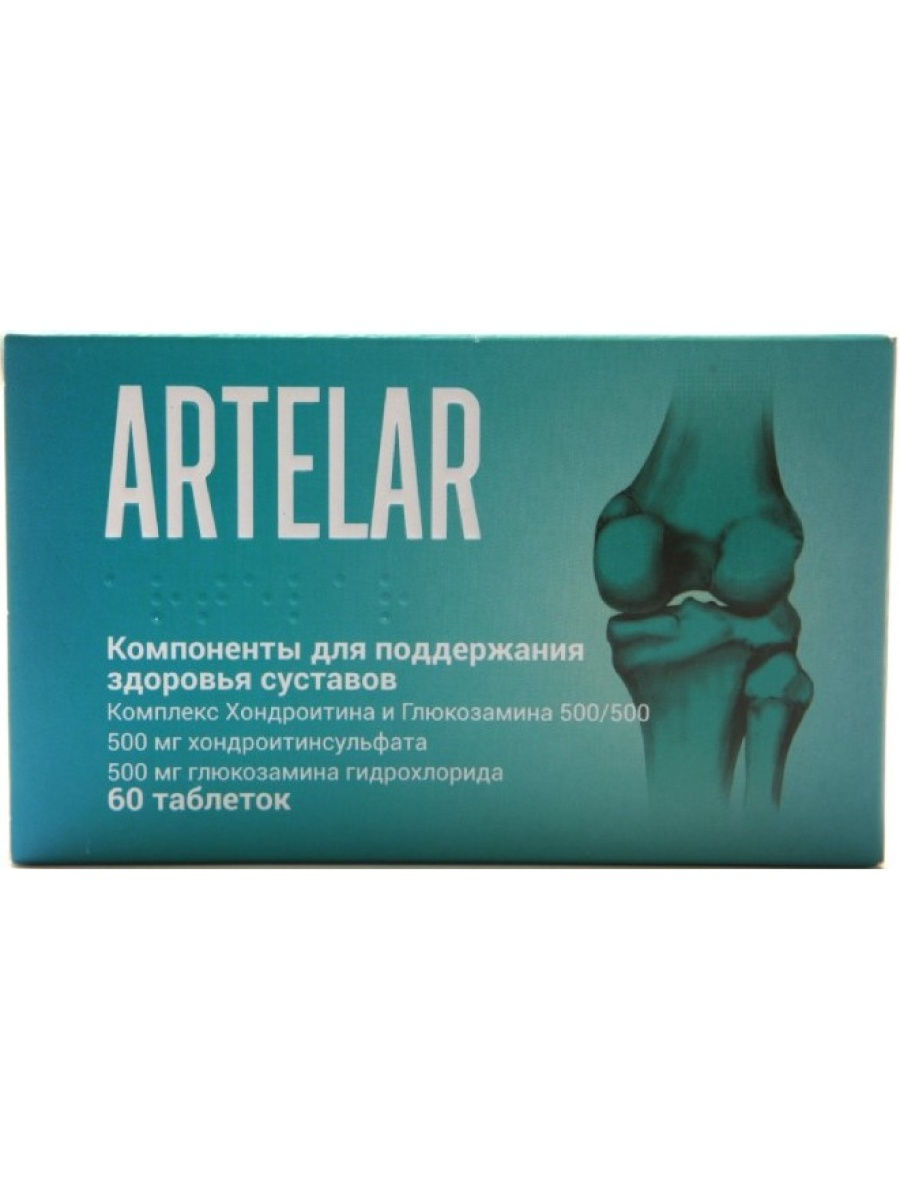- No products in the cart.
Metformin Table canon n / 850mg film about 60 pc
$4.43
Metformin Table canon n / 850mg film about 60 pc
Description
Composition
Active substance:
1 tablet of 500 mg contains: 500 mg metformin hydrochloride;
1 tablet of 850 mg contains: 850 mg metformin hydrochloride;
1000 mg 1 tablet contains: metformin hydrochloride 1000 mg ;.
Excipients:
1 tablet of 500 mg contains: pregelatinized starch 27 mg Sodium carboxymethyl starch 8 mg sodium stearylfumarate 3 mg Povidone 47 mg Talc 3 mg, macrogol (polyethylene glycol 6000) 12 mg; composition of the film coating: Opadry II White 18 mg, including: polyvinyl alcohol 8,442 mg, macrogol (polyethylene glycol) 4.248 mg Titanium dioxide 2.178 mg Talc 3.132 mg.
1 tablet of 850 mg contains: 45.9 mg of pregelatinized starch, sodium carboxymethyl starch (Primogel) 13.6 mg sodium stearyl fumarate 5.1 mg Povidone 79.9 mg talc 5.1 mg, macrogol (polyethylene glycol 6000) 20.4 mg; composition of the film coating: Opadry II White 30 mg, including: polyvinyl alcohol 14.07 mg macrogol (polyethylene glycol) 7.08 mg Titanium dioxide 3.63 mg Talc 5.22 mg.
1000 mg 1 tablet contains: 54 mg pregelatinized starch, sodium carboxymethyl starch (Primogel) 16 mg sodium stearylfumarate 6 mg Povidone 94 mg Talc 6 mg, macrogol (polyethylene glycol 6000) 24 mg; composition of the film coating: Opadry II White 36 mg, including: polyvinyl alcohol 16.884 mg, macrogol (polyethylene glycol) 8,496 mg, 4,356 mg of titanium dioxide, talc 6.264 mg.
Description:
Dosage 500 mg Tablets are round, biconvex, film-coated white or nearly white. The cross sectional white or nearly white.
The dosage of 850 mg and 1000 mg Tablets oval, biconvex, film-coated white or nearly white. The cross sectional white or nearly white.
Product form:
Tablets, film-coated 500 mg, 850 mg, 1000 mg.
For 500 mg tablets:
At 10 or 15 tablets in blisters of PVC film and aluminum foil printed patent.
3, 5, 6, 10, 12 contour cell packs of 10 tablets, or 2, 4, 8, contour cell packs of 15 tablets together with instructions for use placed in a pile of cardboard for packaging consumer.
For tablet dosage of 850 mg and 1000 mg:
10 tablets in blisters of PVC film and aluminum foil printed patent.
3, 5, 6, 10, 12 contour cell packages together with instructions for use placed in a pile of cardboard for packaging consumer.
Contraindications
Hypersensitivity to metformin or any excipient.
Diabetic ketoacidosis, diabetic precoma, coma.
Renal failure or renal dysfunction (creatinine clearance (CC) of less than 60 ml / min).
Acute conditions that occur with the risk of renal dysfunction: dehydration (diarrhea, vomiting), fever, severe infections, the state of hypoxia (shock, sepsis, kidney infection, broncho-pulmonary diseases).
Symptomatic manifestations of acute and chronic diseases which may lead to the development of tissue hypoxia (including cardiac or respiratory failure, acute myocardial infarction).
Extensive surgery and trauma, as shown holding insulin (see. Section “Special Instructions”).
Hepatic failure, liver dysfunction.
Chronic alcoholism, acute alcohol poisoning.
Lactic acidosis, including history.
Application for at least 48 hours before and 48 hours after the radioisotope or radiological examinations with iodinated contrast agent administration (cm. ‘Interaction with other drugs “section).
Period of at least 48 hours before and 48 hours after surgery under general anesthesia, spinal or epidural anesthesia.
Compliance hypocaloric diets (less than 1000 kcal / day).
Children up to age 10 years.
Precautions: For persons over the age of 60 years, performing heavy physical work (increased risk of developing lactic acidosis).
Dosage
850 mg
Indications
Type 2 diabetes in adults (especially in obese patients) with poor diet and exercise, as monotherapy or in combination with other oral hypoglycemic agents or insulin.
Type 2 diabetes in children with the age of 10 – both as monotherapy and in combination with insulin.
Interaction with other drugs
contraindicated combinations
Radiological studies with iodinated contrast agents can cause the development of lactic acidosis in diabetic patients on the background of functional renal failure. Metformin should be discontinued 48 hours before and 48 hours before resuming after radiological studies using X-ray contrast agents.
Not recommended combinations
With simultaneous use of metformin with alcohol and ethanol-containing drugs during acute alcohol intoxication, during starvation or low calorie diet compliance, as well as the risk of lactic acidosis increases with hepatic insufficiency.
Combinations requiring special care
With simultaneous use of metformin with danazol may develop hyperglycemia effect. If necessary, the treatment with danazol and after its termination receiving metformin required dose correction under the control of blood glucose concentration.
Chlorpromazine in high doses (100mg / day) decreases the release of insulin and increases blood glucose concentration. While the use of neuroleptics, and after termination of receiving metformin required dose correction under the control of blood glucose concentration.
Glucocorticosteroids (GCS) at parenteral and topical application of reduced glucose tolerance and increase the concentration of glucose in the blood, sometimes causing ketosis. If necessary, use of such a combination and after discontinuation of the dose of corticosteroids needed correction metformin under the control of blood glucose concentration.
With simultaneous use of “loop” diuretics and metformin are at risk of developing lactic acidosis due to the possible emergence of a functional renal insufficiency.
Use of a beta2-agonists injection metformin reduces hypoglycemic effect due to stimulation of beta2 adrenergic receptors. In this case it is necessary to control the concentration of blood glucose and insulin used when necessary.
ACE inhibitors and other antihypertensive drugs can reduce the blood glucose concentration. If necessary, adjust the dose of metformin.
With simultaneous use of metformin with sulfonylureas, insulin, acarbose and salicylates may increase hypoglycemic action.
Nifedipine increases absorption and Cmax of metformin, which should be considered when they are applied simultaneously. “Loop” diuretics and non-steroidal anti-inflammatory drugs (NSAIDs) increase the risk of loss of kidney function. In this case, care must be taken when using metformin.
Overdose
Symptoms: metformin a dose of 85 g of hypoglycemia was not observed, but it was noted the development of lactic acidosis. Early symptoms of lactic acidosis include nausea, vomiting, diarrhea, loss of body temperature, abdominal pain, muscle pain, hereinafter there may be a shortness of breath, dizziness, coma and impaired consciousness development.
Treatment: If signs of lactic acidosis drug treatment must be stopped immediately, the patient hospitalized immediately and determine the concentration of lactate, clarify the diagnosis. The most effective measure for the excretion of lactate and metformin is hemodialysis. Spend as symptomatic treatment.
pharmachologic effect
Pharmacological group:
Group biguanide hypoglycemic agent for oral use.
Pharmacodynamics:
Metformin – an oral hypoglycemic agent of the biguanide group. Diabetic patients reduces the concentration of blood glucose by inhibiting hepatic gluconeogenesis, reduce glucose absorption from the gastrointestinal tract (GIT) and enhance its utilization in tissues by enhancing their sensitivity to insulin (especially striated muscles, to a lesser extent – adipose tissue). Stimulates intracellular glycogenesis activating glycogen synthase. Unlike sulfonylureas, it does not stimulate insulin secretion and does not have a hypoglycemic effect in healthy individuals. It influences the lipid metabolism – reduces the concentration of serum triglyceride, cholesterol and low density lipoproteins. Stabilizes or lowers body weight. It has fibrinolytic action by inhibiting plasminogen activator inhibitor, tissue-type.
Pharmacokinetics:
After oral administration metformin absorption from the gastrointestinal tract is 48-52%. When simultaneous administration of metformin absorption of food is reduced and delayed. Absolute bioavailability is 50-60%. The maximum blood concentration (Cmax) – 2 g / ml, the time to reach maximum concentration (TCmax) -. 1,81-2,69 h Metformin is rapidly distributed into the tissues. Penetrate into erythrocytes. It accumulates in the salivary glands, liver and kidneys. The volume of distribution (for the dose 850 mg) is 296-1012 l. Relationship to plasma proteins – small. It is metabolised to a very small degree. Excreted by the kidneys, preferably in an unmodified form. Clearance of metformin in normal subjects was 400 ml / min. The half-life (T1 / 2) – 6.2 hours (first T1 / 2 – from 1.7 to 3 hours, the terminal – from 9 to 17 hours). In renal insufficiency, it increases the risk of accumulation of the drug appears.
Pregnancy and breast-feeding
The drug is contraindicated during pregnancy and lactation.
When planning or pregnancy occurs, the Canon Metformin should be discontinued and use insulin. The patient should be warned of the need to put in a doctor’s reputation in the event of pregnancy. Mother and child should be placed under observation.
It is not known whether metformin is excreted in breast milk. If necessary, use during lactation, breast-feeding should be discontinued.
Conditions of supply of pharmacies
On prescription.
side effects
Part of the central nervous system: the taste ( “metallic” aftertaste in the mouth).
On the part of the digestive tract: nausea, vomiting, diarrhea, abdominal pain and loss of appetite.
The occurrence of these side effects are most likely at the initial period of treatment, and in most cases, they spontaneously resolve. To prevent symptoms is recommended to take metformin during or after meals. The slow increase in dose may improve gastrointestinal tolerability.
On the part of the hepatobiliary system: violation of liver function, hepatitis. After the abolition of metformin adverse events tend to disappear completely.
Allergic reactions: very rarely – erythema, pruritus, rash, urticaria.
From a metabolism: very rarely – lactic acidosis (requires discontinuation of the drug).
Other: very rarely – long-term use is developed B12 vitamin deficiencies (including megaloblastic anemia) and folic acid (malabsorption).
Published data show that in a limited pediatric population aged between 10 and 16 years of adverse effects on the nature and severity similar to those seen in adult patients.
special instructions
During treatment with metformin should regularly monitor the blood glucose concentration, fasting and after eating.
Patients should be warned about the need to stop taking the drug and consult a doctor if vomiting, abdominal pain, muscle aches, general weakness and severe malaise. These symptoms may be a sign of incipient lactic acidosis.
Metformin should be discontinued 48 hours before and 48 hours after the X-ray examination (including urography, angiography intravenous) using contrast agents.
Since metformin is excreted by the kidneys, before initiating treatment and regularly thereafter to determine the concentration of creatinine should be: in patients with preserved renal function, 1 time per year; in patients with low QC and elderly patients – 2-4 times a year.
Particular caution should be exercised in violation of the kidney, for example, in the initial period of therapy, antihypertensive agents, diuretics, NSAIDs.
Patients should be informed of the need to see a doctor for symptoms of broncho-pulmonary infections or infectious diseases of urogenital organs.
Against the background of metformin should refrain from drinking alcohol because of the increased risk of hypoglycaemia and disulfiramopodobnyh effect.
B12 vitamin deficiencies while taking metformin due to malabsorption and is reversible. To remove the drug B12 hypovitaminosis symptoms disappear quickly.
Effect on the ability to drive mechanisms and
Metformin monotherapy does not cause hypoglycaemia and therefore has no effect on the ability to drive vehicles and use machines.
When metformin with other hypoglycemic agents (sulfonylureas, insulin, etc.) may develop hypoglycemic conditions in which impaired ability to road management and are busy with other potentially hazardous activities that require increased attention and rapid psychomotor reactions.
Storage conditions
In a dry, dark place at a temperature not higher than 25 ° C. Keep out of the reach of children.
Dosing and Administration
The tablets should be taken orally, swallowing whole, without chewing, during or immediately after a meal, drinking plenty of water.
Adults
Monotherapy and combination therapy with other oral hypoglycemic agents
The recommended starting dose of 1000-1500 mg / day. To reduce the side effects of gastrointestinal dose should be divided into 2-3 doses. After 10-15 days in the absence of adverse effects on the gastrointestinal tract may further gradual increase in the dose depending on the glucose concentration in blood. The slow increase in the dose may improve gastrointestinal tolerability.
Supportive daily dosage of 1500-2000 mg. The maximum daily dose is 3000 mg, divided into 3 doses.
When planning the transition to the reception of another oral hypoglycemic agent metformin on Canon must stop taking another hypoglycemic agent metformin and start Canon the above doses.
Combination therapy with insulin
The recommended starting dose Canon Metformin 500 mg and 850 mg – 1 tablet 2-3 times a day, 1000 mg of Metformin Canon – 1 1 tablet once a day, while the dose of insulin is selected based on indicators in the blood glucose concentration.
Children older than 10 years
Canon metformin is used in monotherapy and in combination therapy with insulin.
The recommended starting dose of the drug Metformin Canon – 500 mg 1 time per day in the evening mealtime. After 10-15 days the drug dose must be adjusted based on the concentration of glucose in the blood. The maintenance dose of 1000-1500 mg / day in 2-3 doses. The maximum daily dose – 2000 mg in 3 divided doses.
Elderly patients
Due to a possible decrease in renal function dose Metformin Canon should be selected under the supervision of regular indicators of renal function (creatinine concentration of control serum at least 2-4 times a year).
The duration of treatment determined by the doctor. Not recommended termination of the drug without a doctor.
Information
Appearance may differ from that depicted in the picture. There are contraindications. You need to read the manual or consult with a specialist
Additional information
| Weight | 0.100 kg |
|---|---|
| Manufacturer | KANONFARMA |













There are no reviews yet.